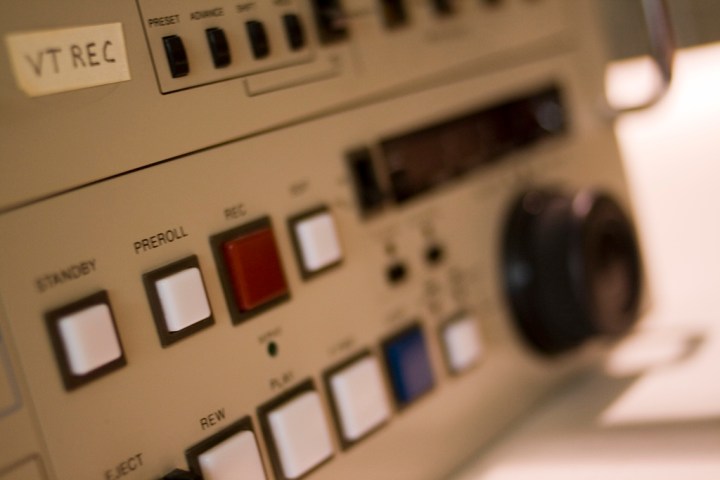
“This will make the final shipment of all our memory media for Betamax,” said Sony in a statement (translated from Japanese by CNN Money).
The format, which debuted in 1975, came the year before JVC launched its competitor: the videotape cassette. For a couple of years in the late ’70s, Betamax had the majority market share in the VCR market (via a NYU case study). And at its peak, Betamax sold 2.3 million video recorders according to the LA Times. At the time, many considered Betamax the better format, but it had a shorter recording length and was more expensive to manufacture than VHS.
But by the early 1980s, the format was used by fewer and fewer people. “Betamax keeps falling farther behind,” said Fortune Magazine in 1984. “… As consumers perceive Betamax faltering, they flock in even greater numbers to VHS, worried that those who produce movie cassettes for VCRs might desert Betamax.” By 1988, its market share had diminished to roughly 10 percent.
That being said, as recently as 2002 — when Sony announced it would stop production of its Betamax videocassette recorder — the format still had a sizable user base. At the time the aforementioned LA Times report uncovered a still-operating Betamax supply and repair shop in Remington, Va. At the time, its owner Joe Korpsak served “about 1,000 customers a year,” and repaired “200 to 300” machines yearly. People largely continued to use the format because they didn’t want to replace their video catalog with, say, VHS cassettes.
Sony has also announced it will discontinuing its MicroMV camcorder cassettes, which was a leading format as recent as the early ’00s.
Editors' Recommendations
- Sony’s best soundbars are reborn as the Bravia Theater Bar 8, Bar 9, and Quad
- Sony’s ULT Power Sound headphones and speakers go big on powerful bass
- Sony drops The Spider Within, a new Spider-Verse animated short
- You Asked: home theater setup challenges, in-home TV calibration, and is Sony abandoning OLED
- 2025 Oscars: 5 movies to expect at next year’s ceremony


